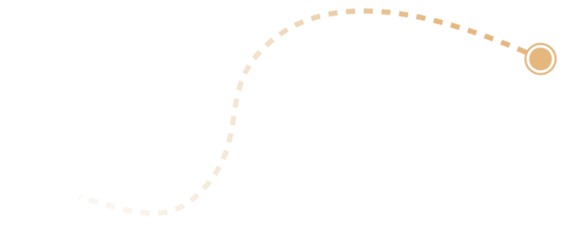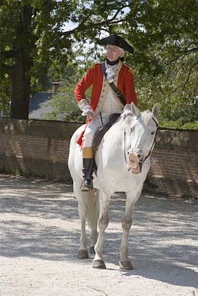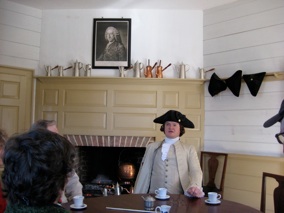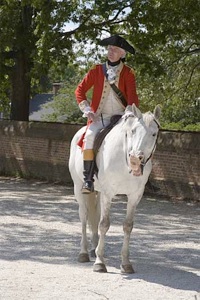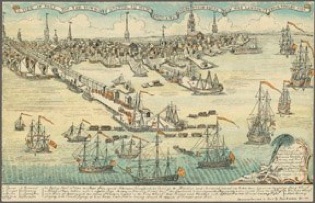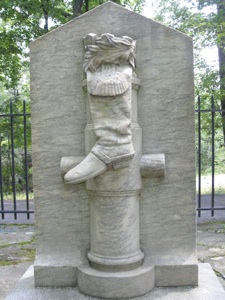by Dan Shippey &
Michael Burns
A few months back we ran a series of articles entitled “CSI America: Who’s Killing American History.” Now it is with the greatest pleasure that we can write a story about some people who are saving American history.
If you have not had the pleasure of spending time In Colonial Williamsburg Virginia then you are missing out not only on one of America’s national treasures but one of the best history classrooms in the world. Last November Williamsburg’s main boulevard, Duke of Gloucester Street, saw the return of a building that had been missing for around 240 years. After that rather long hiatus, Richard Charlton’s Coffeehouse has resumed business--and that business is booming.
In the 18th century, English Coffeehouses were known as “penny academies.” Once you had paid your penny for admission you entered a world where you could freely exchange ideas with men of almost all classes while you enjoyed your coffee, tea, or most popular of all, drinking chocolate. There were rooms set aside for private events where food could be called for or lectures could be heard, but the main room was the place where the most was happening. Politics, science, theology, business and even a bawdy joke or two accompanied the latest news.


